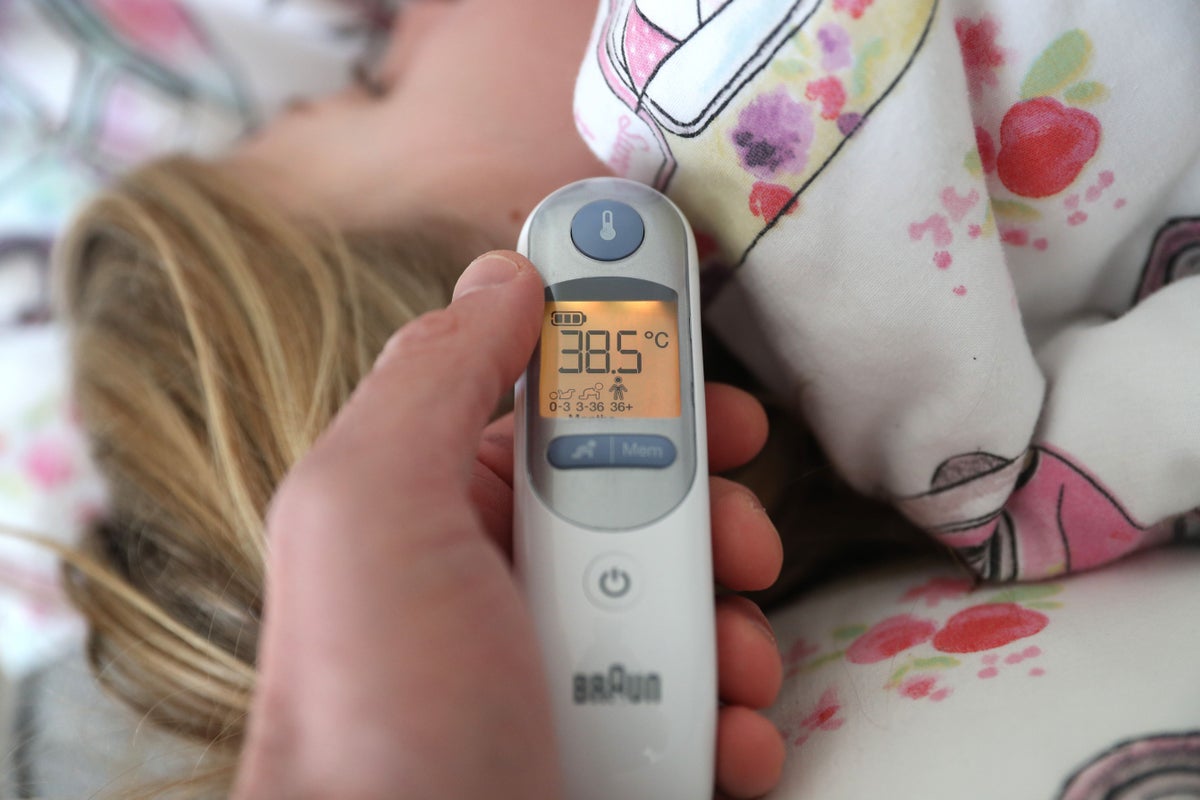
There have been 13 reports of invasive Strep A in children aged under 10 in Scotland since the start of October, according to latest data.
Scotland’s health secretary Humza Yousaf has said the country’s health service is “adequately able” to deal with Strep A infections despite warnings that cases are expected to increase.
Public Health Scotland (PHS) said that infections caused by Group A Streptococcus (GAS) have been increasing since the beginning of October, though levels of the more serious Invasive Group A Streptococcal infections (iGAS) have been “generally stable and similar to previous years”.
It has received reports of 13 iGAS cases in children aged under 10 years old between the beginning of October and December 5.
PHS continues to work closely with NHS Boards, as well as public health colleagues across the UK, to monitor the situation— Dr Nick Phin, PHS
There have been no reported deaths in this age group in Scotland this season, however at least nine children elsewhere in the UK have died with the infection.
During November 2022 there were around 25 iGAS cases across all age groups in Scotland, compared with between 30 and 55 cases during peaks in previous years.
Health Secretary Humza Yousaf said clinicians have warned him there could be an increase in reported cases of Strep A in the coming weeks.
Speaking during a visit to NHS Tayside’s accident and emergency on Wednesday, he told the PA news agency: “My clinical advisers tell me that we would expect to see an increase of Strep A cases in the coming weeks.”
He added: “Is the health service adequately able to deal with those cases? Yes.
“Healthcare professionals from primary care to secondary care have been given additional information around signs and symptoms to look out for, so they are very vigilant with that.
“But it is a very treatable illness and therefore I don’t have any concerns about the ability of the health service to treat Strep A.”
PHS said that there has been an increase in Strep A in Scotland earlier in the season this year compared to recent seasons.
During the month of November, there were around 1,500 laboratory reports of GAS, compared with between 1,250 and 1,850 reports per month during peaks in previous years.
While GAS infections, including scarlet fever, are common, the more serious Invasive Group A Streptococcal infections, when the bacteria gets into the bloodstream for example, are rare, PHS said.
Health officials have urged parents and those who care for children to be vigilant.
Dr Nick Phin, director of Public Health Science at PHS, said: “The bacteria causing scarlet fever, and related infections, is usually found in the throat and on the skin.
“We would, therefore, encourage adults to ensure children wash their hands frequently with soap and water, and to cover their mouth and nose with a tissue when they cough or sneeze and then put the used tissue in the bin. These simple actions can help to reduce the spread of common infections like Group A strep.
“If your child is showing signs of scarlet fever, please seek advice from a health professional as most cases respond promptly to early treatment with antibiotics.
“PHS continues to work closely with NHS Boards, as well as public health colleagues across the UK, to monitor the situation.”
Strep A bacteria are commonly found in the throat and on the skin, and some people have no symptoms.
Infections cause by Strep A include the skin infection impetigo, scarlet fever and strep throat.
While the vast majority of infections are relatively mild, sometimes the bacteria cause iGAs, a life-threatening infection in which the bacteria have invaded parts of the body, such as the blood, deep muscle or lungs.







